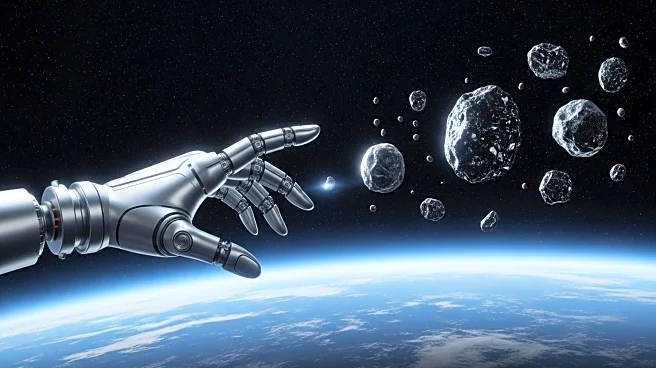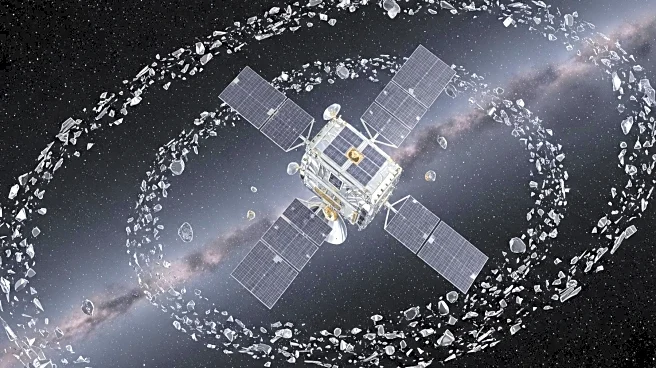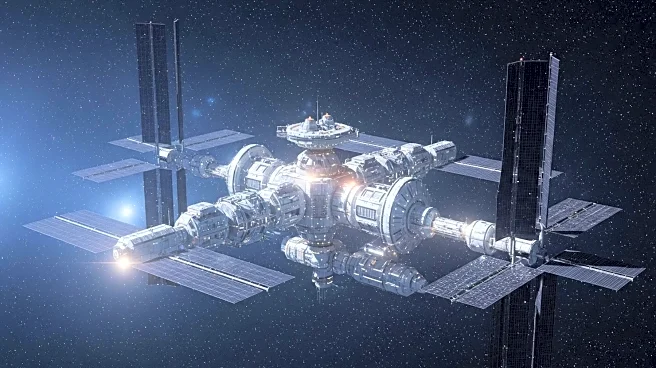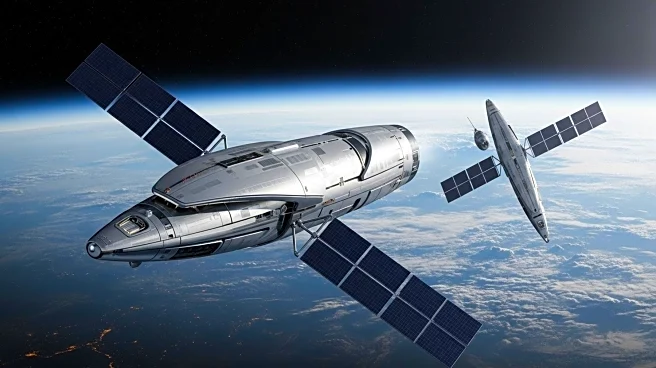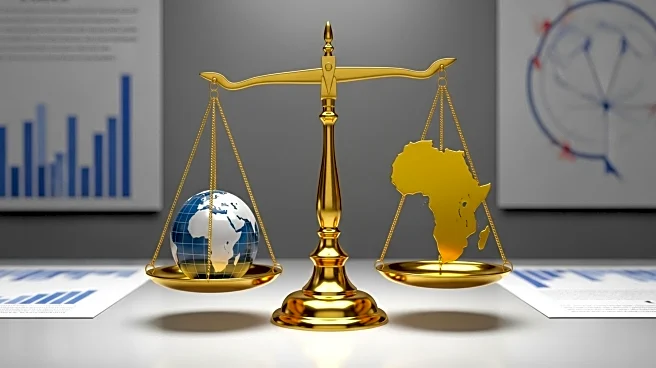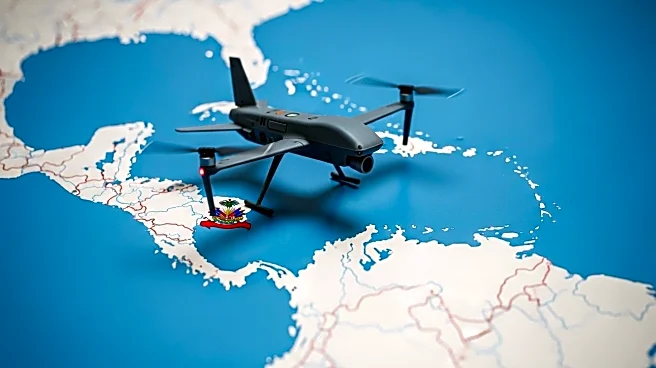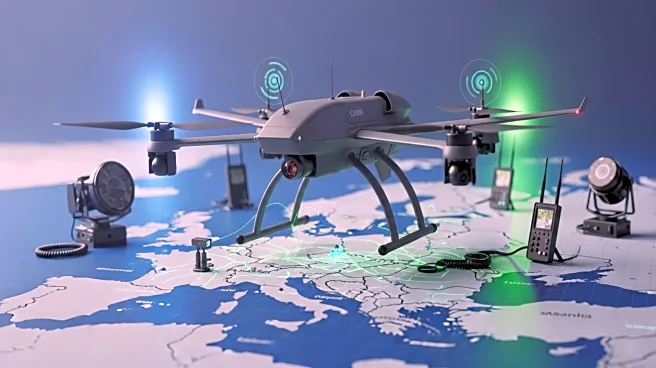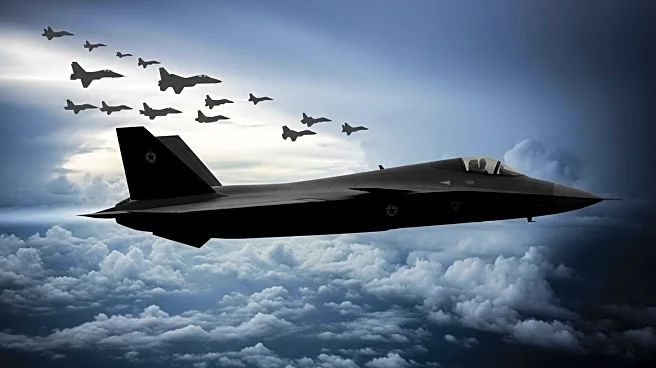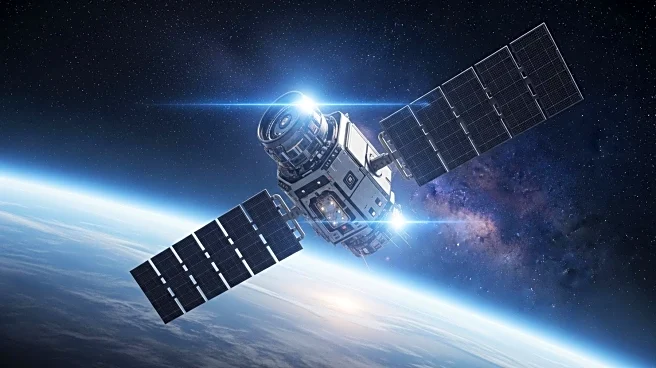What's Happening?
A recent study presented at the International Astronautical Congress in Sydney has identified 50 pieces of space debris in low-Earth orbit (LEO) that pose the greatest risk of creating additional space junk. These objects, primarily defunct rocket bodies, are remnants from missions conducted before the year 2000. According to Darren McKnight, the lead author of the study and a senior technical fellow at LeoLabs, these objects are traveling at speeds of nearly 5 miles per second in a heavily trafficked region of LEO, between 700 and 1,000 kilometers above Earth. The study highlights that 76% of these objects were deposited in the last century, with 88% being rocket bodies. Russia and the Soviet Union account for the majority of these objects, with 34 entries on the list, followed by China, the United States, Europe, and Japan.
Why It's Important?
The identification of these 50 objects is crucial in mitigating the risk of the Kessler Syndrome, a scenario where collisions between space debris create a cascade of further collisions, exponentially increasing the amount of space junk. This poses a significant threat to satellites, space missions, and the safety of astronauts. By targeting these specific objects for removal, space agencies can significantly reduce the potential for future collisions and help maintain the sustainability of space activities. The study underscores the importance of international cooperation in addressing the growing problem of space debris, which affects all nations involved in space exploration and satellite operations.
What's Next?
Efforts to remove these high-risk objects from orbit could involve international collaboration and the development of new technologies for debris removal. Space agencies and private companies may need to invest in missions specifically designed to capture and deorbit these objects. The study's findings could also influence policy decisions and funding allocations for space debris mitigation strategies. As awareness of the issue grows, there may be increased pressure on countries responsible for the majority of the debris to take action and lead cleanup efforts.
Beyond the Headlines
The study highlights the long-term implications of space debris on future space exploration and satellite deployment. As the number of satellites in orbit continues to grow, the risk of collisions increases, potentially leading to disruptions in communication, navigation, and Earth observation services. The findings also raise ethical questions about the responsibility of spacefaring nations to manage and mitigate the debris they have created. This could lead to the development of international regulations and agreements aimed at preventing the creation of new debris and ensuring the sustainability of space activities.

